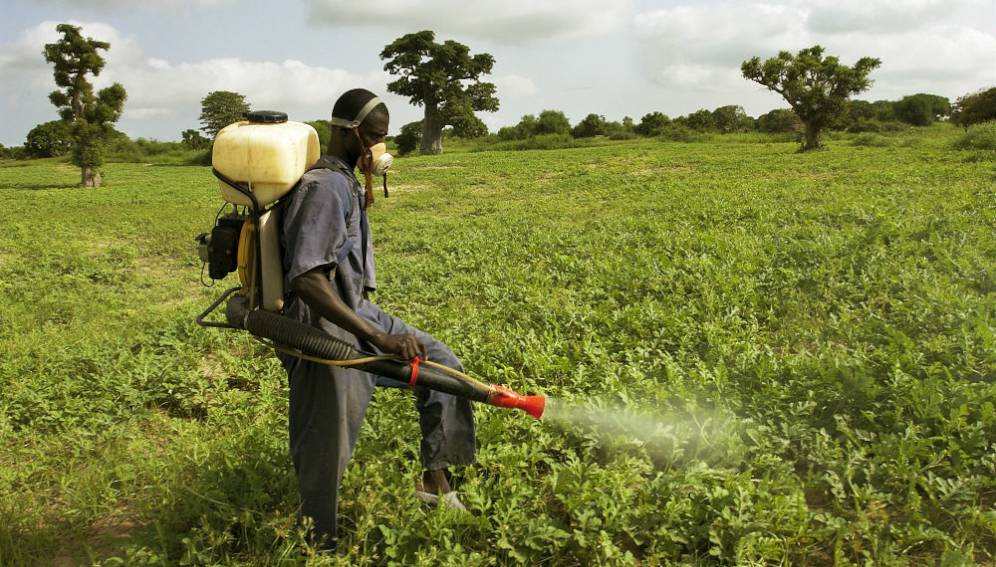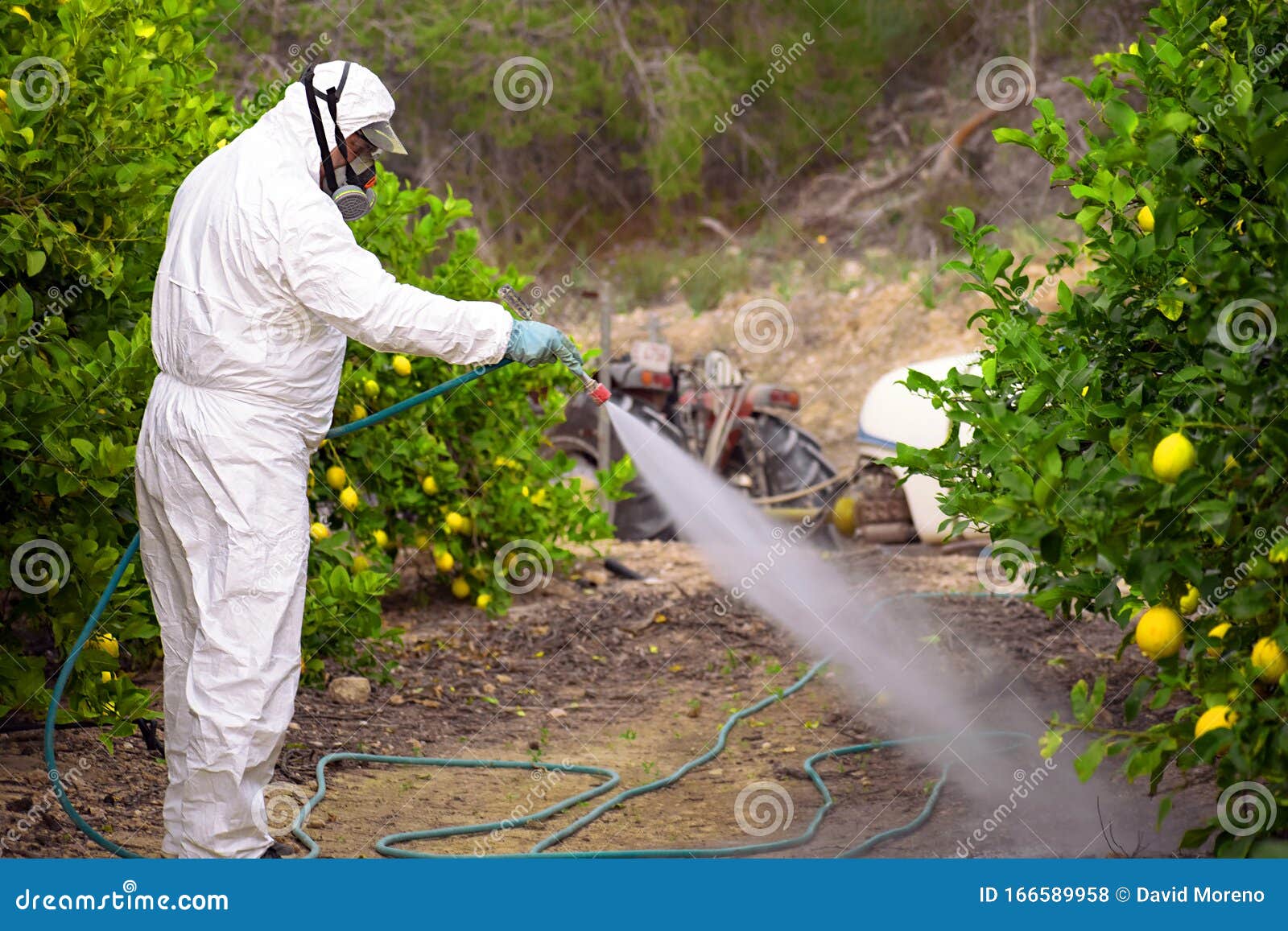

The contact insecticides can be divided into two main groups: naturally occurring compounds and synthetic organic ones.
#INSECTICIDES AND PESTICIDES SKIN#
Stomach poisons have gradually been replaced by synthetic insecticides, which are less dangerous to humans and other mammals.Ĭontact poisons penetrate the skin of the pest and are used against those arthropods, such as aphids, that pierce the surface of a plant and suck out the juices. They are applied as sprays or dusts onto the leaves and stems of plants eaten by the target insects. The chief stomach poisons are the arsenicals-e.g., Paris green (copper acetoarsenite), lead arsenate, and calcium arsenate and the fluorine compounds, among them sodium fluoride and cryolite. Stomach poisons are toxic only if ingested through the mouth and are most useful against those insects that have biting or chewing mouthparts, such as caterpillars, beetles, and grasshoppers.


Most insecticides are sprayed or dusted onto plants and other surfaces traversed or fed upon by insects. Besides the synthetics, some organic compounds occurring naturally in plants are useful insecticides, as are some inorganic compounds some of these are permitted in organic farming applications. Most synthetic insecticides penetrate by all three of these pathways, however, and hence are better distinguished from each other by their basic chemistry. In the latter scheme, they are classified according to whether they take effect upon ingestion (stomach poisons), inhalation (fumigants), or upon penetration of the body covering (contact poisons). Insecticides can be classified in any of several ways, on the basis of their chemistry, their toxicological action, or their mode of penetration.


 0 kommentar(er)
0 kommentar(er)
